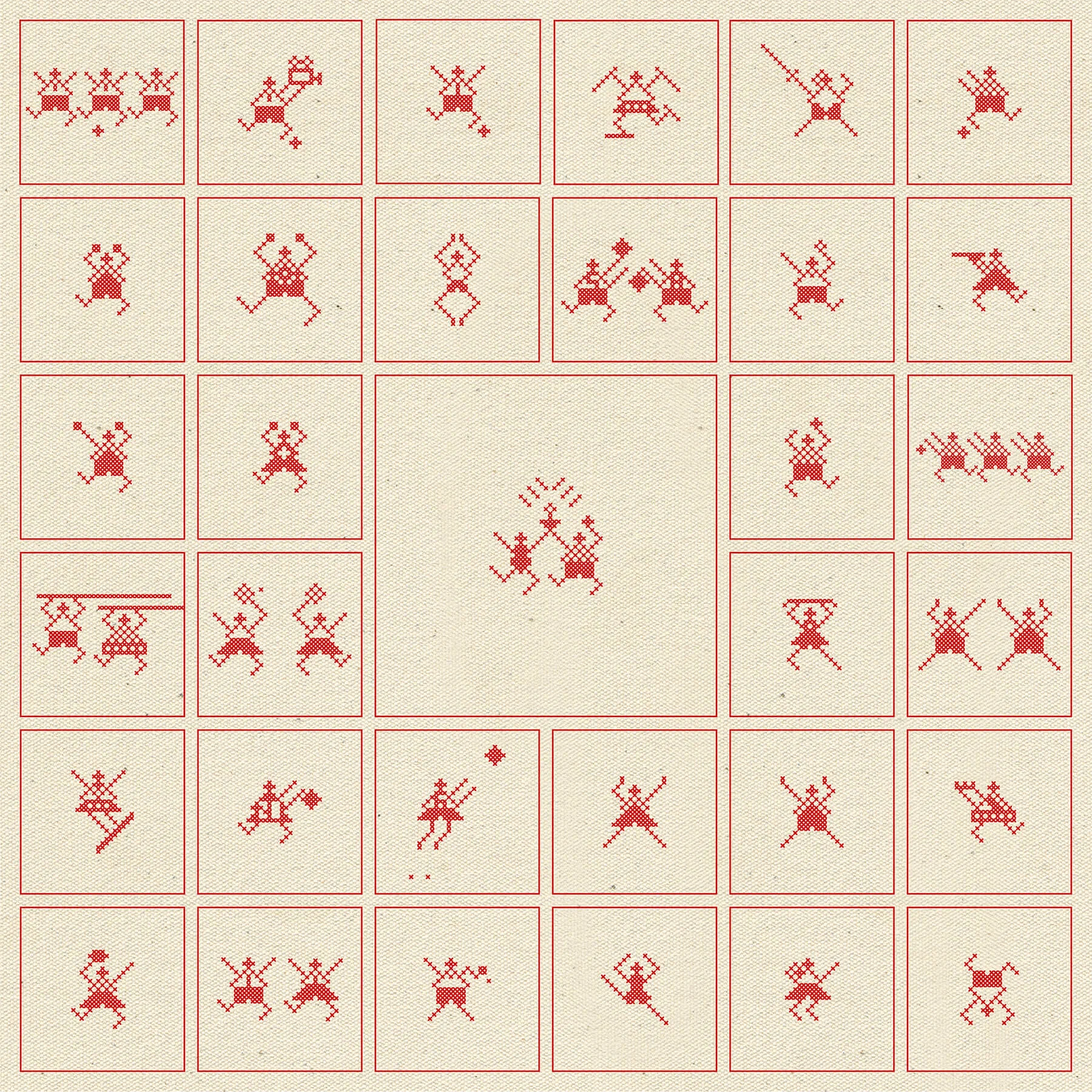
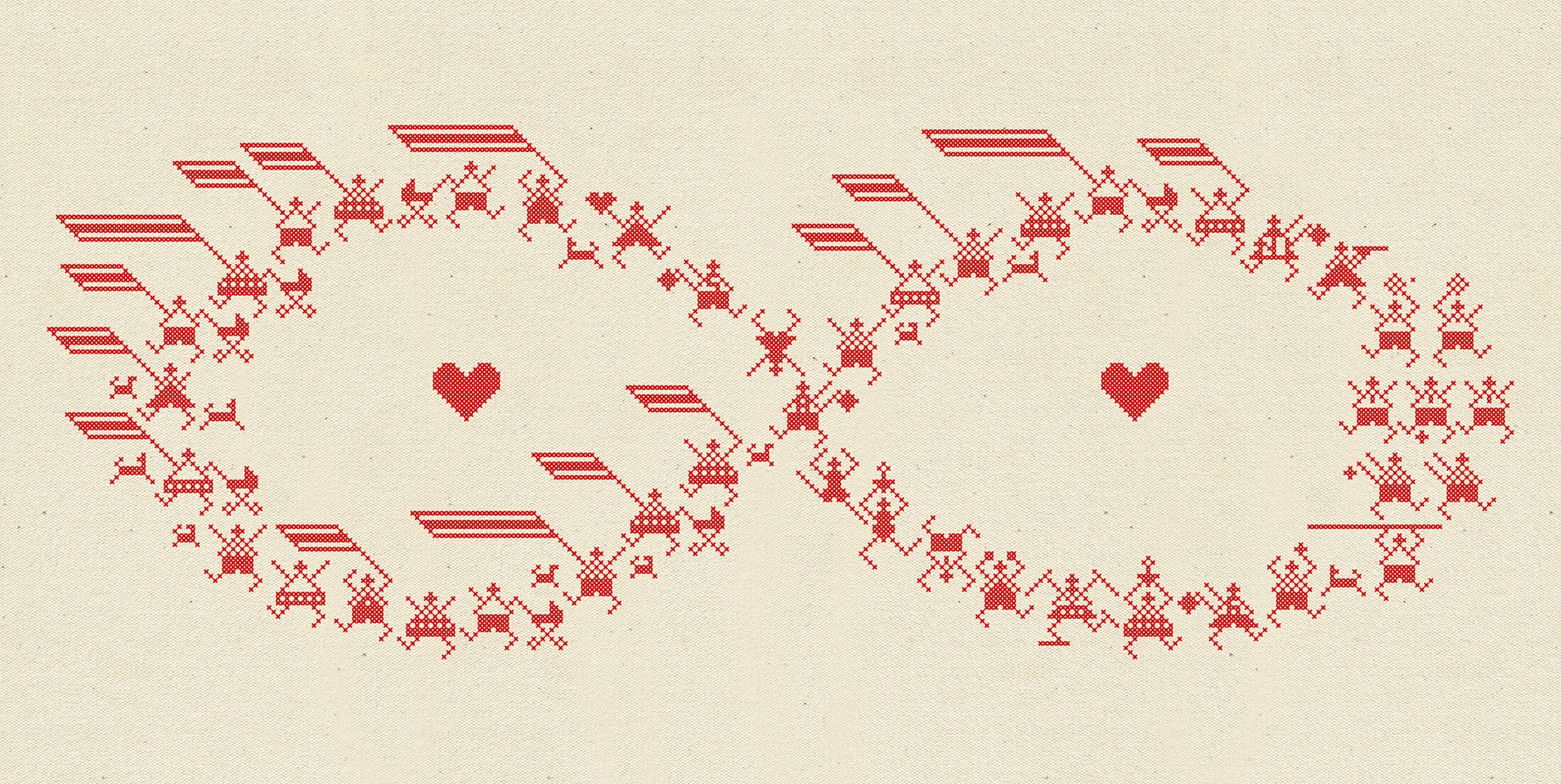
When pro-democracy protests broke out in Belarus in the Summer of 2020, Rufina Bazlova depicted the historic moment in embroidered tapestries, stitching scenes of the most vocal protestors and their violent clashes with police. She tells Paula Erizanu how she’s found new ways to support the continuing fight for democracy in her home country, as her sports-related scenes promote the brave voices of the well-known athletes in the country who are finding ways to publicly speak out against the regime.
When the pro-democracy protests kicked off a year ago in Belarus, Rufina Bazlova's embroideries of scenes of conflict – between the peaceful demonstrators on one side and the armed police trying to suppress dissent on the other – went viral.
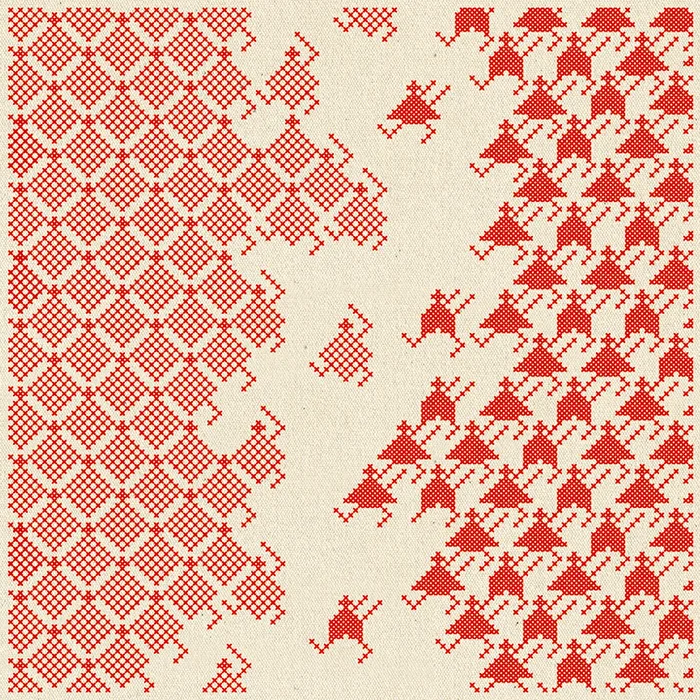
Born after the rigged presidential elections in August last year, which saw Alyaksandr Lukashenka win a sixth term in office, the Free Belarus movement pleads for free elections and for a democratic government instead of the 27-year-long dictatorship the country has seen.
A key symbol of the movement is the historical Belarusian red and white flag which was used before 1918, when Belarus became a Soviet republic, and between 1991, when the country gained its independence from the USSR and Russia, and 1995, after Lukashenka came to power and changed the flag for a green and red, more Soviet-looking one. Rufina's embroideries are red and white precisely for this reason. Moreover, the works capture the political struggle in the ancient, traditional Belarusian art form of embroidery. They also stand as an example of the courage and the bold creativity of the political art that has exploded in Belarus over the past year.


An illustrator and stage designer, Rufina took an interest in traditional Belarusian embroidery back in 2010. “Despite the fact that my grandmother and mother are excellent needlewomen, I don’t think any of their crafts led me to fall in love with embroideries,” Rufina tells me. “But I’m fascinated by the idea of ornament as a language, as a tool for communication.”
Rufina studied the intricate symbols Belarusian women inscribe on towels and dresses, recording their family history through stitches. She then produced a visual fairytale on femininity, titled ŽENOKOL or FEMINNATURE, which she sewed on the bottom ring of a red and white dress, and also turned into a comic book, released in 2012, before taking a six year break from embroidery. Last summer, after graduating from the Academy of Performing Arts in Prague with a degree in stage design — her second, after a BA and MA in illustration – Rufina was ready to get back to stitching, and was searching for a new subject to embroider.

I’ve never been sporty myself, but these athletes are just so brave.
Meanwhile, after the presidential elections last summer, the biggest wave of protests — as well as unprecedented police brutality to suppress dissent — kicked off in Belarus. With lockdown in Prague, where Rufina has been living for five years, the artist became stuck to her phone and computer, constantly scrolling for news from home. “It was like being in a little Belarus in my flat here,” she recalls. Her first embroidery represented a small policeman, which she copied from a photograph on millimetre paper. Then, she made hundreds of images based on pictures of the clashes between the protesters and the police forces in Minsk.
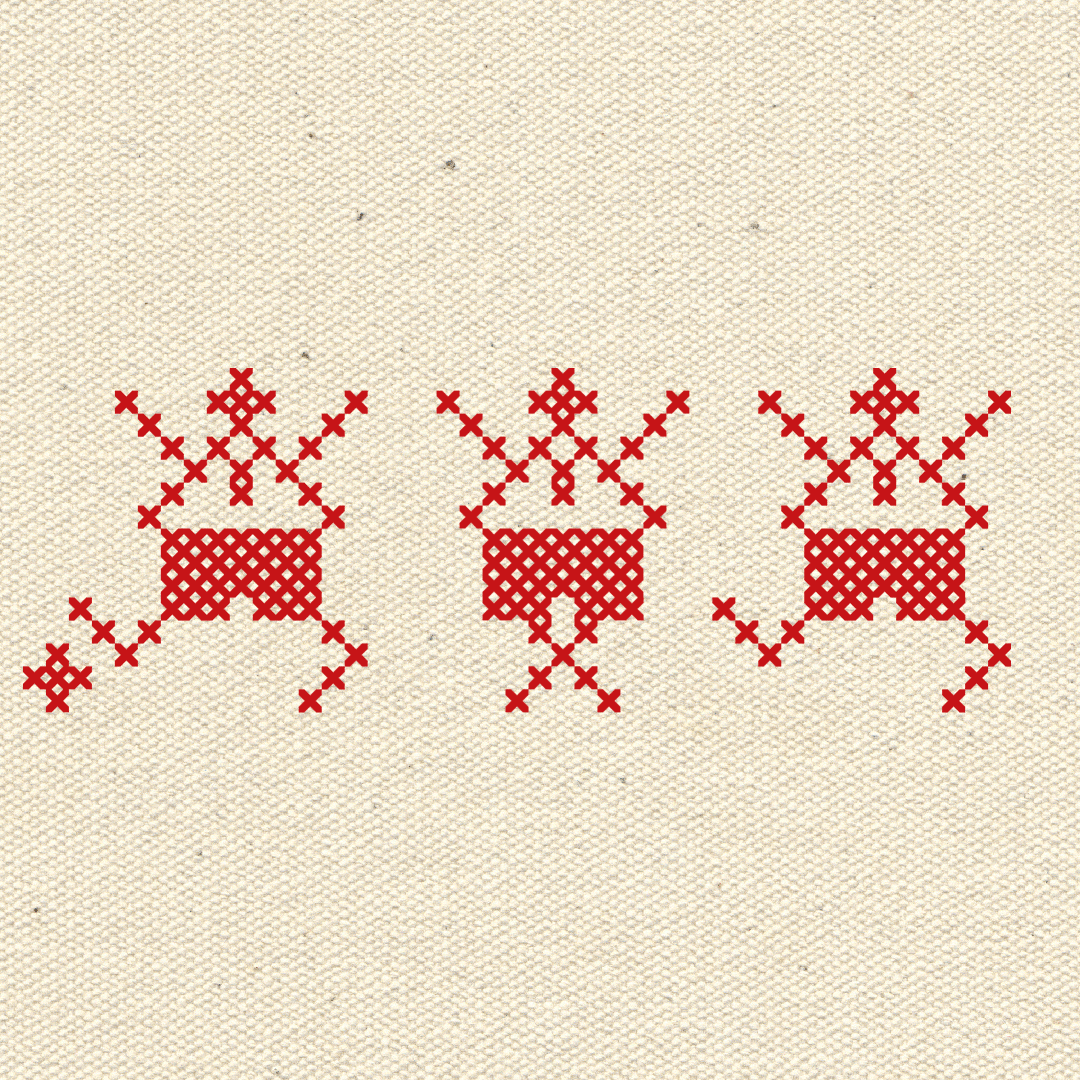
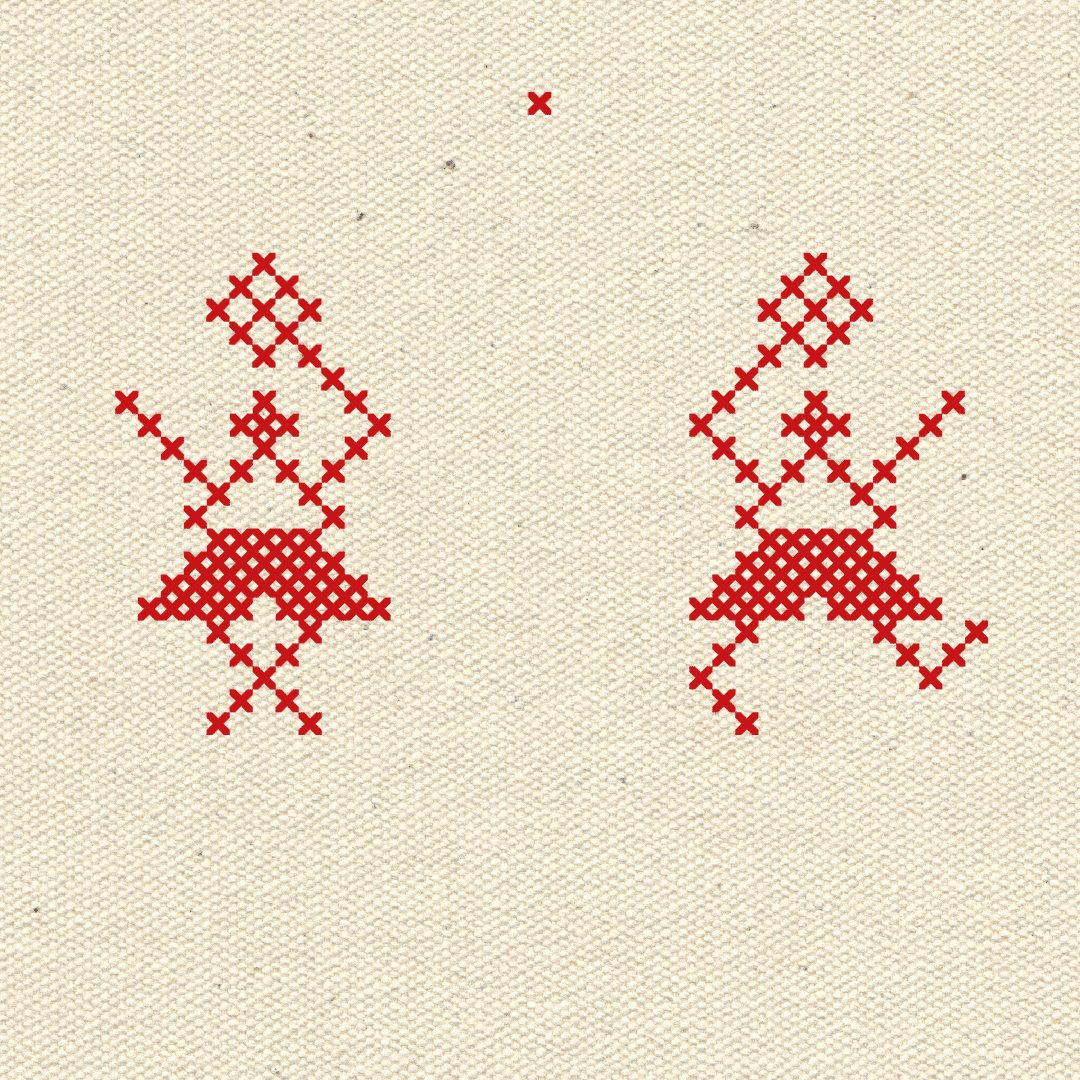
Rufina realized her first few political drawings in pencil, on millimeter paper. But because they were so time-consuming, taking days to embroider, she quickly switched to creating digital drawings, which can take anything from a couple of hours to a few days, depending on the work. She transforms some of these drawings into handmade stitches, which takes a lot longer, and sometimes outsources the work to craftswomen. “The hand embroidering is extremely slow,” she explains. An element drawn in half an hour, for instance, takes four to five hours to embroider, “provided that the threads don’t get tangled and everything goes smoothly.”

I want Belarus to be free but analysts estimate it may take some time for the dictatorship to fall.
With tens of thousands of people arrested over the past year, and more than 600 current political detainees according to the NGO Viasna, Belarusians have stopped going out to demonstrate, but they find other ways to protest. One of Rufina’s most recent series depicts the Free Athletes — a group of Belarusian sportspeople who have publicly criticized the government's repression, and have organized open letters, marathons and cycling tours to gather people opposing the regime and express support for political prisoners. From handball players to gymnasts, Rufina depicts them as heroes, and shares their stories.
“It’s ironic that I’m doing this sports series, because I’ve never been sporty myself, but these athletes are just so brave,” Rufina admits. She embarked on this project at the call of basketball player and activist Ekaterina Snytsina, who asked the artist to join their campaign for justice. Dozens of sportspeople have been politically vocal over the past year, with many of them ending up in prison, or losing their right to use state stadiums for training. To fight the repression, they have also founded the initiatives SOS By and BSSF Team which help persecuted athletes raise the funds to keep training. Members will auction their medals and cups, for example, in order to raise funds for their afflicted colleagues.
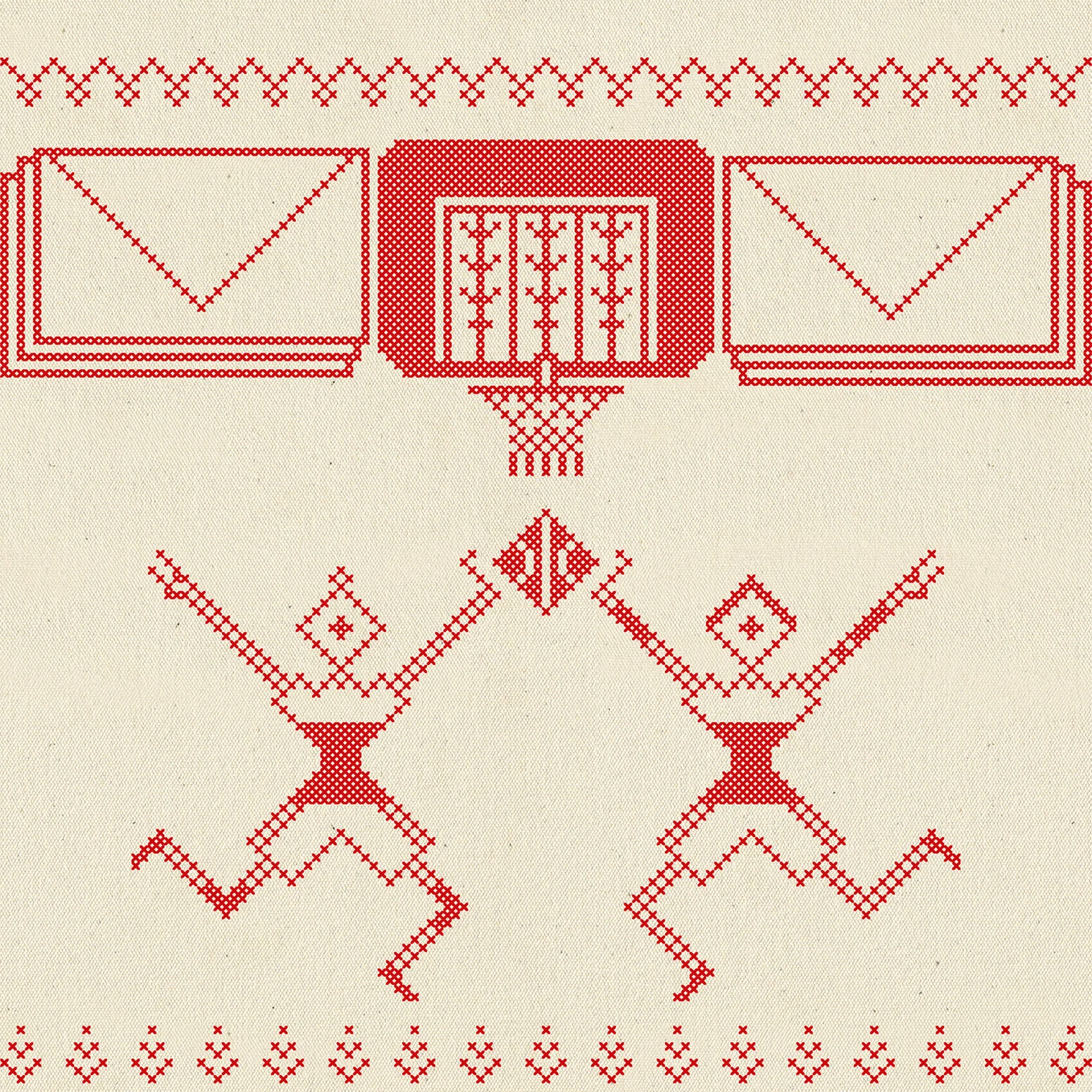
One of Rufina’s most recent works shows law student Yekaterina Vinnikova giving her graduation speech in which she thanked her teachers – who had been fired for political reasons – and lawyer and member of the opposition Maxim Znak. Yekaterina was sued and spent time in jail for the gesture. “People in Belarus are depressed,” Rufina says. “They're exhausted and terrified.”
I ask her if she believes Belarus will be free: “For sure!” she answers without hesitating. “I want this to happen soon but political analysts estimate it might be two years until the dictatorship falls.” Until that time comes, Rufina will keep recording the country's fight for freedom and democracy in stitches.
